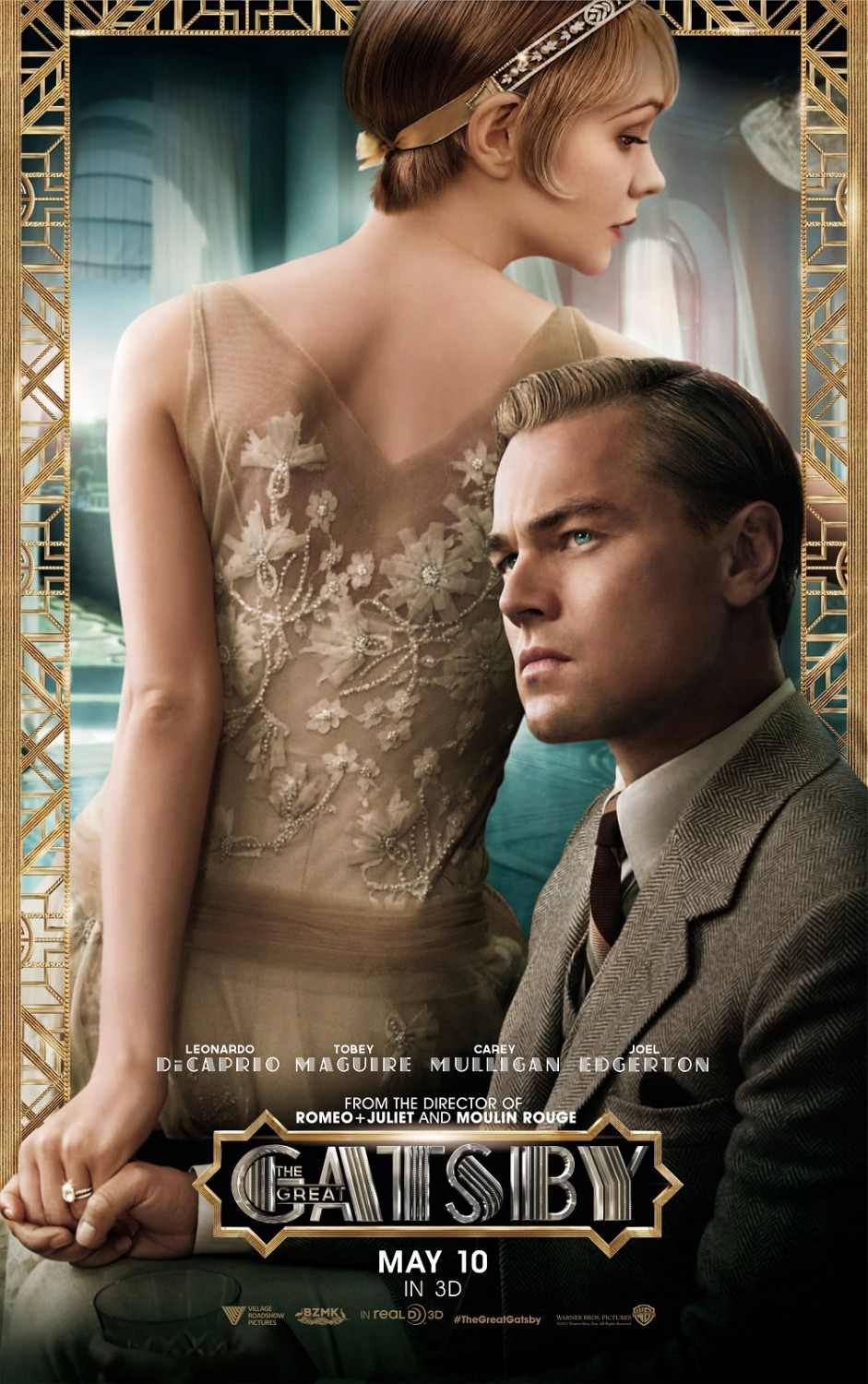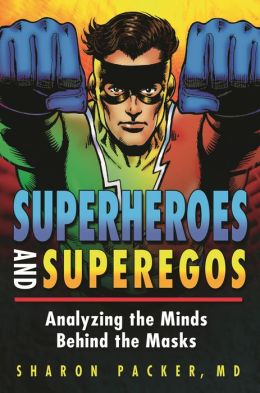There is no
doubt that cinema and psychoanalysis cross-pollinate, having begun within a
year of one another at the turn of the 19th century. But what about
neuroscience and its influence on film? Now that neuroscience is the reigning
paradigm in psychiatry, do neuroscience tropes substitute for psychoanalytic
motifs that predominated in the mid-20th century? Or is neuroscience--and the
biology of the brain--applicable only to SF film?
 These are
some of the questions that intrigued the author enough to write this book,
which is one of several in her series on cinema, psychiatry and pop culture.
Another intriguing--yet unanswered--question: why is it that classic psychotic
symptoms (such as thought-insertion or thought-broadcasting) make for such
compelling SF (and cyberpunk) plots? How is it that some authors, such as
Philip K. Dick, can turn their drug-induced paranoid delusions into novels that
become cult movies (such as Blade Runner or Total Recall)--while
others who suffer from similar symptoms simply suffer?
These are
some of the questions that intrigued the author enough to write this book,
which is one of several in her series on cinema, psychiatry and pop culture.
Another intriguing--yet unanswered--question: why is it that classic psychotic
symptoms (such as thought-insertion or thought-broadcasting) make for such
compelling SF (and cyberpunk) plots? How is it that some authors, such as
Philip K. Dick, can turn their drug-induced paranoid delusions into novels that
become cult movies (such as Blade Runner or Total Recall)--while
others who suffer from similar symptoms simply suffer?
If we look at the rise
of cyberpunk and the influence of author William Gibson, we find fascinating
crossovers with advances in computers and shifts in approaches to neuroscience,
both in film and in real life. Yet we can uncover proto-neuroscience themes in
19th century literature by Shelley, Wells, and Stevenson. Equally
interestingly, we find explanations for such questions in a 1919 psychoanalytic
paper by Viktor Tausk ("On the Origins of the Influencing Machine"), written
in the same year as Caligari!. Appropriately, both past and future
converge in SF.
This volume
focuses on neuroscience and psychiatry as running themes in SF--tracing tropes
to 19th century literary inspirations that reverberate to this day. It finds
correlations between turning points in "neuroscience fiction" and
advances in the scientific field, using film to pinpoint paradigm shifts in
psychiatric theory and practice. As the gap between science fiction and science fact narrows, films that were intended as pure fantasy take on deeper meaning. The films covered include The Strange Case of Dr. Jekyll and Mr. Hyde, The Island of Dr. Moreau, Robocop, The Stepford Wives, The Mind Snatchers and iconic franchises like Terminator, Ironman and Planet of the Apes, plus Donovan's Brain, The Brain that Wouldn't Die and other iconic examples from "classic SF". By examining the parallel histories of psychiatry, neuroscience and cinema, this book shows how science fiction films offer insightful commentary on the scientific and philosophical developments of their times.
Through SF film, readers come to understand why some generations revere the "mind" while other generations applaud the "brain" (and why such shifts are not always sequential). The extra-long chapter on 1950s SF--the era of "classic SF"--shows how big-brained aliens (BBAs) of "B-movies" call attention to brain-based behavior, just after the inventor of the lobotomy won a Nobel Prize.
















